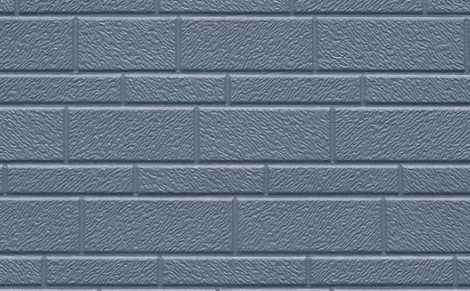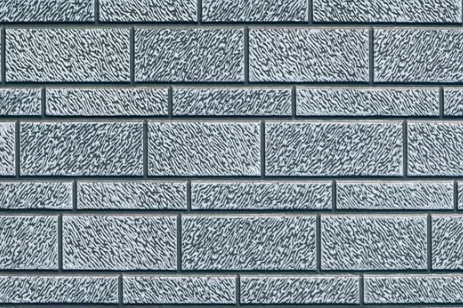Industries in many segments are realising that using sandwich panels is not only good for the environment and energy efficiency of the end product, but that it also costs less to design with lightweight solutions. Using lightweight materials means you can:
•Lower energy expenditure while building the vehicle
•More efficient transportation of materials to the production facilities
•Load more per shipment
•Use lighter equipment in the assembly line.
A lighter vehicle means less energy is used everyday moving people or materials. Over a typical 25 year lifetime of a vehicle, the energy savings are significant.
Sandwich Panels are Similar to I-Beams
Sandwich panels are comparable to an endless I-beam in the sense that when subjected to bending, the flanges carry in-plane compression and tension loads while the web carries shear loads. In a sandwich panel, the sandwich skins or laminates are like the flanges while the core is like the web. Like an I-beam, when the skins are further apart, the structure gains more proportional stiffness. A thicker core achieves the same, but it also provides an overall low density, resulting in a high stiffness-to-weight ratio.
Incredibly, the weight savings with using a sandwich design can be close to 90%. Sandwich construction also offers the additional benefits of high thermal insulation, acoustic dampening, non-corrosiveness and increased impact resistance. Like other beams and panels, the stiffness is closely related to thickness. One of the big differences between designs with conventional materials and a sandwich composite solution is the small weight penalty for increased thickness yields.
Materials Used to Construct Sandwich Panels
Common face materials include fibreglass, aluminium, and steel, while common core materials are extruded polystyrene XPS, polyurethane PU, polyethylene terephthalate PET, and polyvinyl chloride PVC foams. These materials and material combinations each have their own market share and individual advantages from low cost to thermal insulation, fire retardancy, low smoke emission, ease of machining, ease of forming, etc.
When constructing sandwich panels, it is important to identify the mechanical stresses likely to occur during operation of the vehicle. For example:
•How great are the continuous loads such as empty weight and payloads?
•What sporadic and dynamic forces – such as wind – need to be considered?
•Will these loads produce bending forces once the panels are built into a truck body, semi-trailer, caravan or motorhome?
•Are there any shear forces affecting the core or are particular loads to be expected in the facings which could cause buckling and cracking?
The selection of components for a sandwich panel involves consideration of the application and its performance requirements, chemical compatibility and cost.
The Advantage of Composite Materials
The sandwich design is already a great way of reducing weight while having a high strength-to-weight ratio and energy absorption abilities. The use of composite panel makes the design even more advantageous as they offer at least the same or even higher level of strength as aluminium alloy or steel but with a greater level of stiffness.
At Baikal, we’re dedicated to supplying manufacturers and builders with the highest quality sandwich panels from leading brands. Explore our range of products for the composite industry or contact us today for a quote, consultation or for more information.


